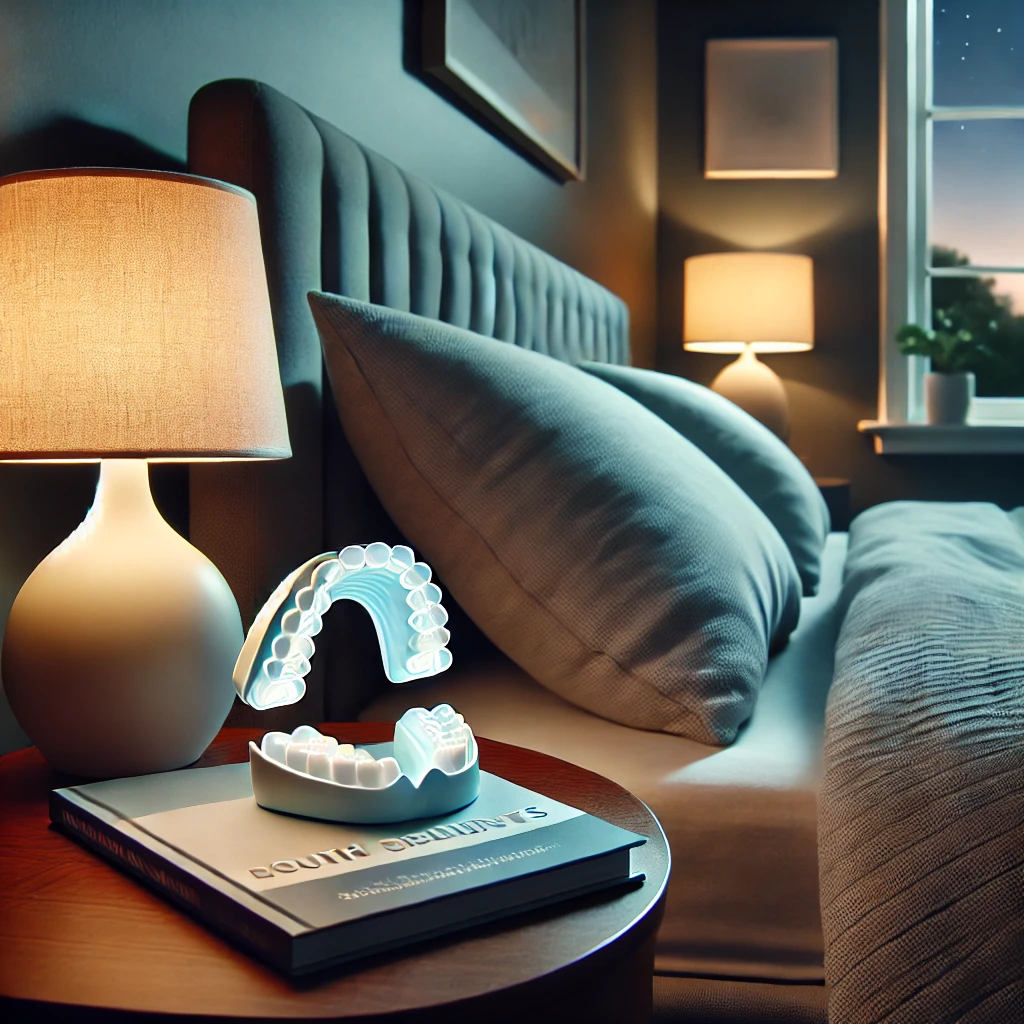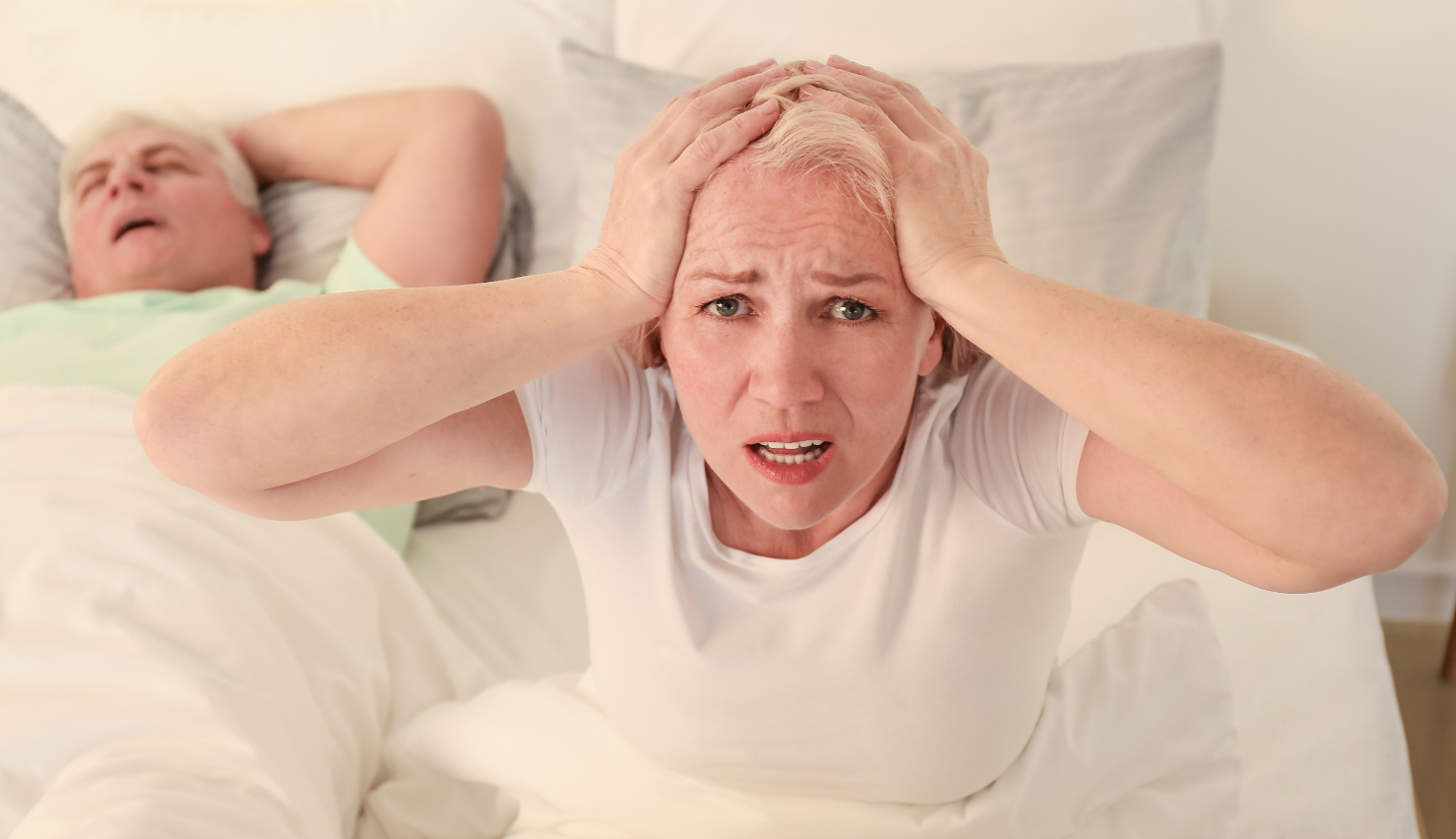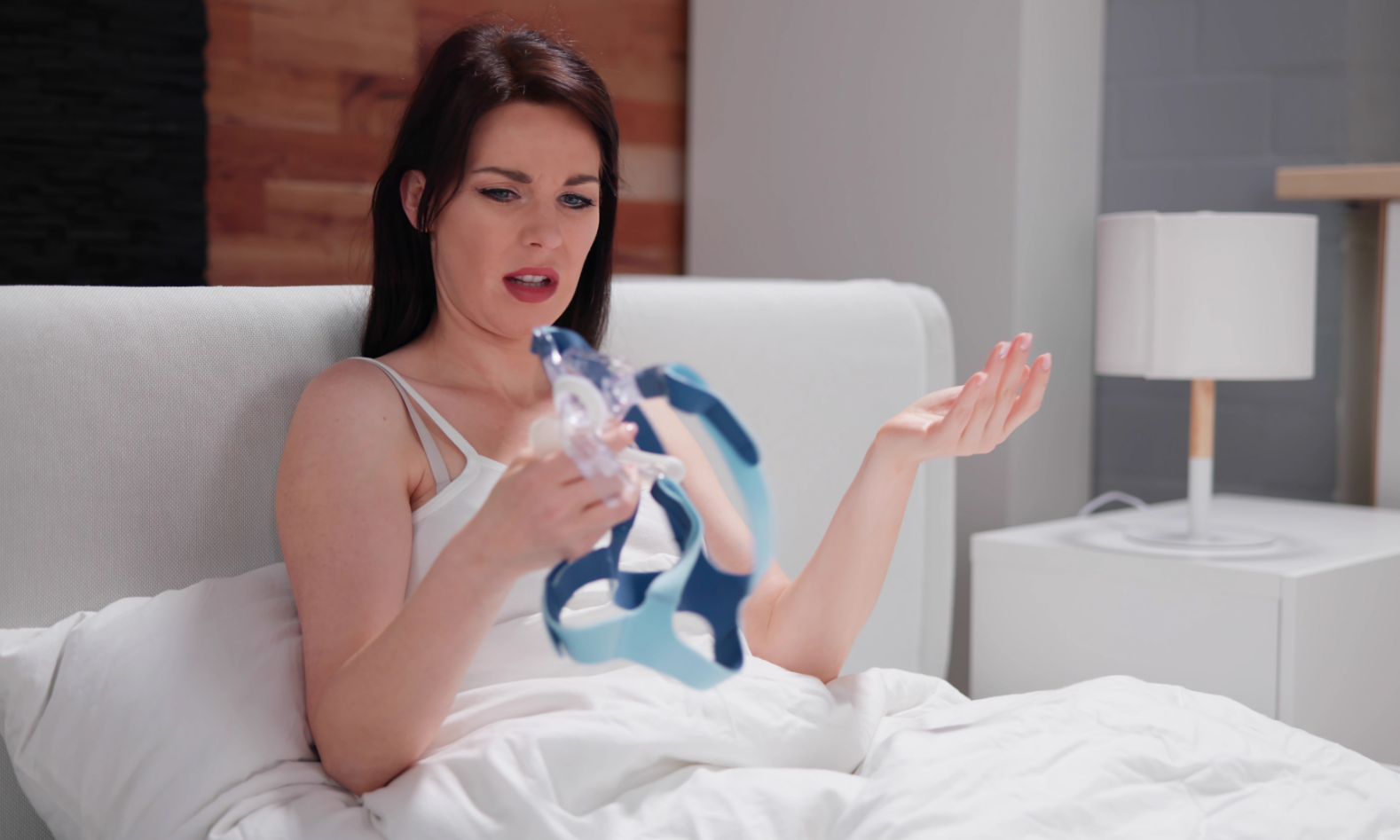For patients with mild to severe sleep apnea or those suffering with CPAP intolerance, oral appliance therapy is a practical, pleasant, and effective therapeutic alternative.
Covering areas including correct use, maintenance, and resolving common difficulties, this blog article provides a checklist of professional advice to help your adjustment to the oral appliance.
1. Progressive Introduction: Learning to Use the Oral Appliance:
For best comfort, first adopting an oral appliance into your sleep schedule must be gradual. These ideas help you progressively become familiar with your new gadget:
Wear the appliance during waking hours: Try wearing the oral appliance for short bursts while awake to gain a sense of fit and feelings before using it during sleep.
Start with quick snaps. Start running the appliance during midday naps, extending the time as you get more at ease with its presence.
Once you’ve comfortably adjusted to the appliance during naps, start using it for full nights of sleep.
Gradually helps your mouth and jaw to adjust to the dental appliance, improving your comfort and long-term success.
2. Correct Device Cleaning: Preserving a Hygienic Oral Appliance
Maintaining the efficacy and lifetime of your oral appliance depends on keeping it clean and well-maintained. See these guidelines for best gadget maintenance:
Plan daily cleaning activities. Every day, clean your oral appliance with a soft-bristle toothbrush and nonabrasive denture cleaning or liquid soap. Steer clear of toothpaste since it could be overly abrasive for the device.
Rinse the item well with water to eliminate any cleaning residue following maintenance.
Before storing your oral appliance in its protected case, let it air dry by laying it on a spotless surface.
Often scheduled dental visits: Plan regular dentist visits to evaluate your oral condition and obtain a professional opinion on the maintenance of your appliance.
Following correct cleaning techniques helps to avoid bacterial accumulation, bad smells, and early dental appliance wear.
3. Accepting Changes in Lifestyle: Improving Treatment Results
Along with the oral appliance, including some good lifestyle choices will assist your treatment results for sleep apnea be better. Think about the following ideas:
Keep a regular sleep pattern; this helps your body to expect sleep at specified times and improves general sleep quality.
Using blackout curtains, white noise machines, or a fan if needed, make sure your bedroom is dark, peaceful, and cool.
Give weight control and exercise top priority; regular physical activity can help reduce symptoms of sleep apnea by means of a healthy weight.
Reduce sedative and alcohol intake. By relaxing airway muscles, alcohol and sedatives can aggravate symptoms of sleep apnea; hence, it is advisable to moderate consumption of these drugs and avoid them right before bed.
These encouraging lifestyle changes will help your dental appliance treatment be more effective and encourage greater sleep and general wellness.
Reach Success Using Your Oral Appliance
These best advice for adjusting to life with an oral appliance can help you to smooth the transition, guarantee a good fit, and finally enable successful treatment of sleep apnea. We will discuss your sleep apnea treatment choices—including the use of an oral appliance—together and help you choose an effective, comfortable, and life-changing treatment path.



